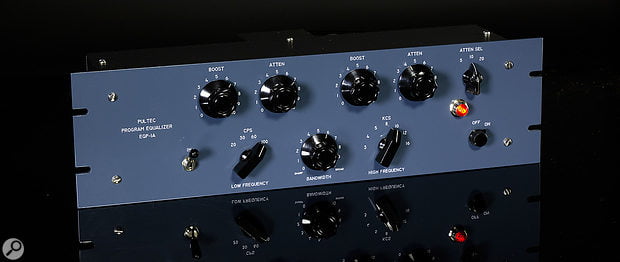EQ Cheat Sheet: Simple Guidelines for Effective Equalization — Produce Like A Pro:
Understanding equalization–probably the most widely used signal processor available to engineers–is essential to making records sound their absolute best. Sometimes it’s as simple as high-passing an instrument in the proper spot, while other cases require a bit more attention and precision. Either way, EQ is fundamental to making mix elements sound more or less defined, larger or smaller, or “better” versus “different.” Having a general reference like an EQ cheat sheet will help get you where you want to go more quickly.
In response to a request at the Produce Like a Pro Academy I went hunting for some easy to access cheatsheets. This is one of a few.
